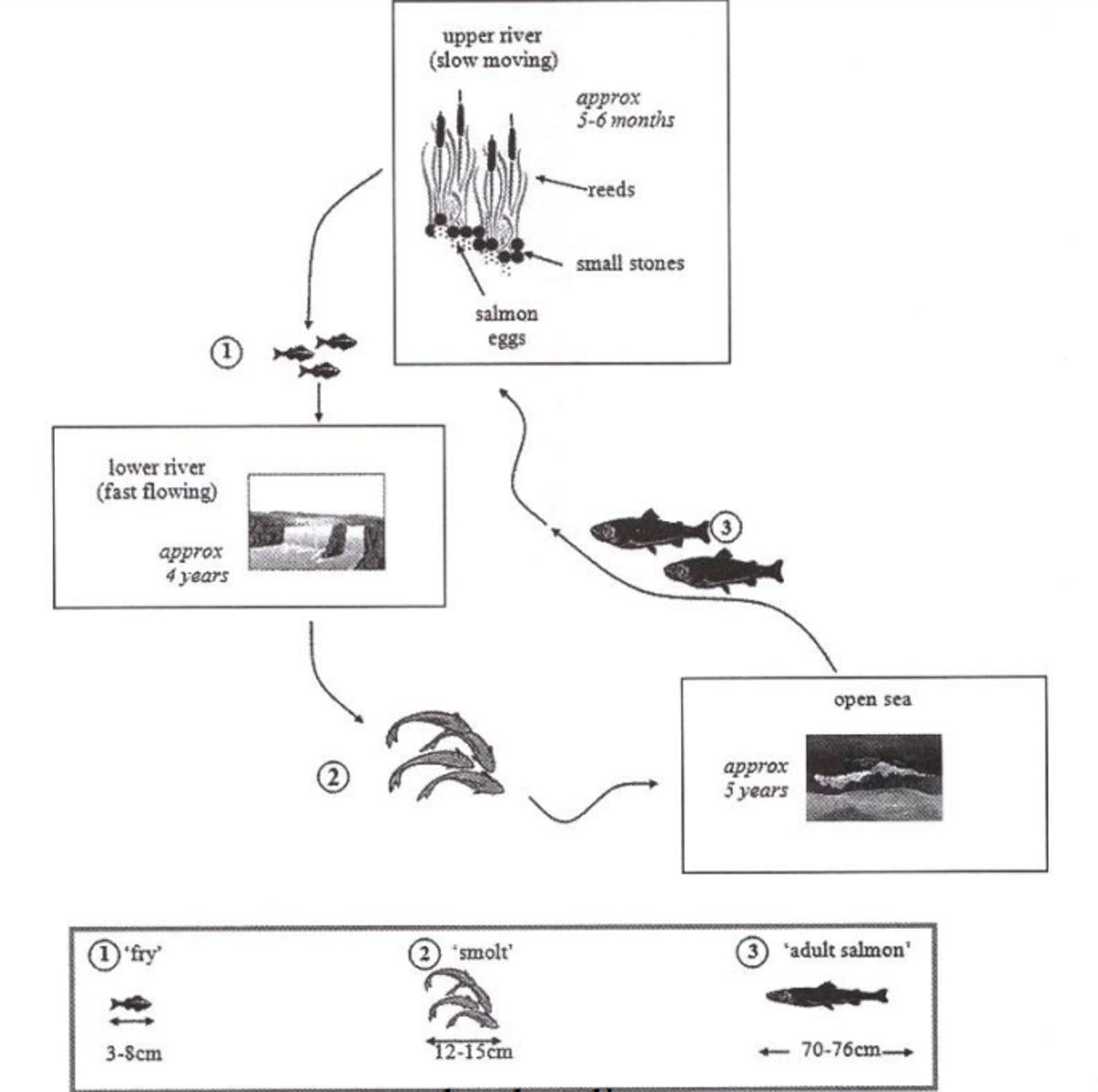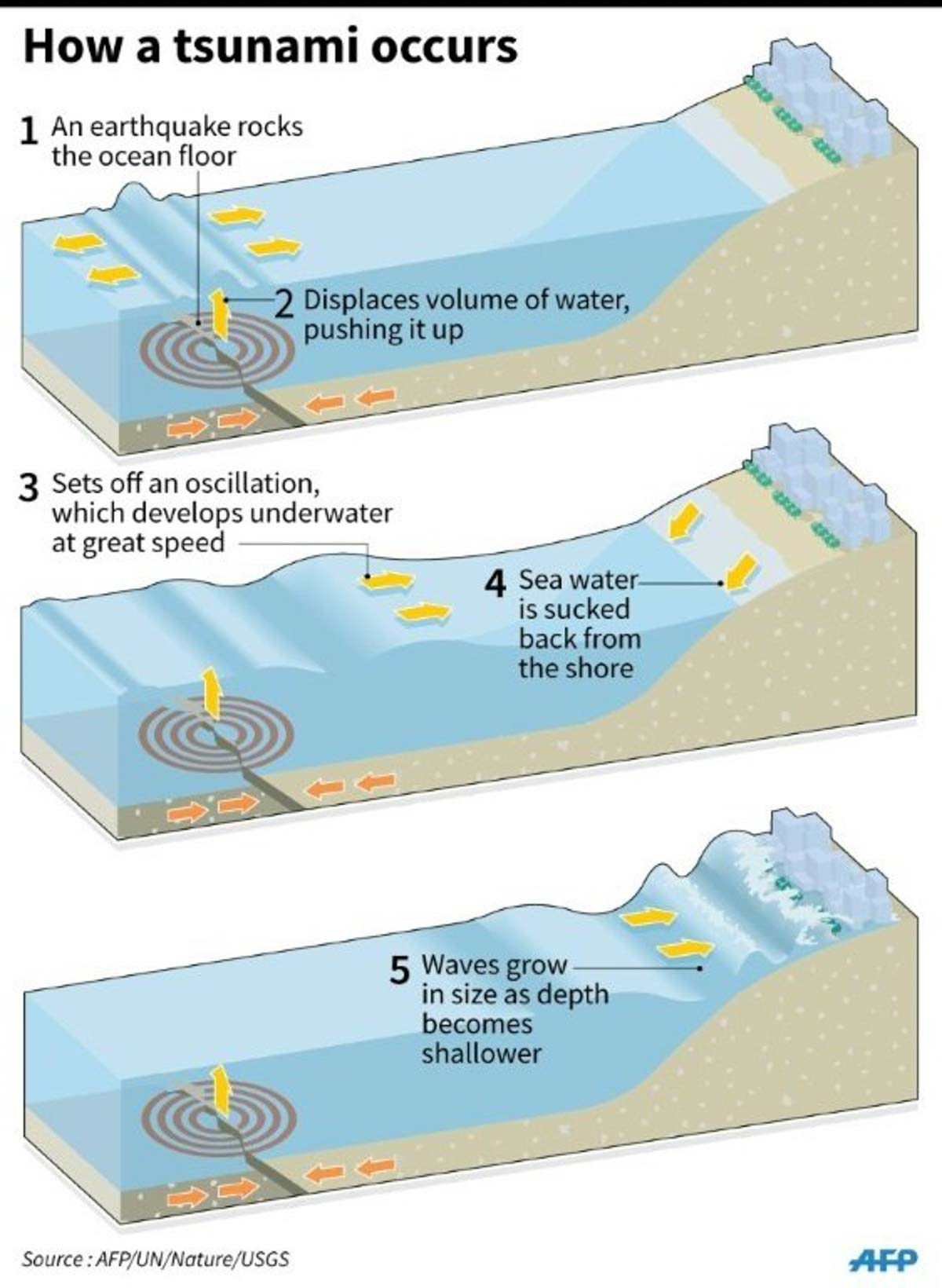Bài mẫu IELTS Writing Task 1 Natural Process và từ vựng
Một trong những dạng bài viết IELTS Writing Task 1 gây khó nhằn cho người học chính là quy trình tự nhiên, nhiều người học không tự tin gặp phải dạng đề này do kiến thức từ vựng cũng như ngữ pháp chưa vững. Vì vậy bài viết này sẽ cung cấp các bài mẫu liên quan đến IELTS writing task 1 natural process để người học có thể tham khảo ý tưởng cũng như ghi chú lại các từ vựng.
Key takeaways |
|---|
Những từ vựng có thể dùng:
|
Cùng chủ đề: Cách làm dạng bài Natural Process trong IELTS Writing Task 1.
Từ và cụm từ miêu tả chu kỳ/ vòng đời
Bước đầu tiên | Các bước tiếp theo | Các bước diễn ra đồng thời | Bước cuối cùng |
|---|---|---|---|
In the initial phase, To begin with, The first stage is… The cycle begins… | Next, After this, Following this, The next/subsequent stage is, Subsequently, | Simultaneously, Concurrently | Lastly, In the end, The final/ last stage is, The cycle ends… |
Bài mẫu IELTS Writing Task 1 Natural Process #1
Carbon Cycle Diagram: Chu kỳ của carbon.
 (Hình 1)
(Hình 1)
Bài mẫu tham khảo:
The provided diagram illustrates the intricate process of the carbon cycle. Overall, the carbon cycle undergoes four stages.
To begin with, through the process of photosynthesis, plants convert solar energy into organic carbon. In the subsequent step, as these plants and the animals consuming them reach the end of their life cycles, organic carbon is transferred below ground as a result of decomposition. Notably, a portion of this carbon becomes preserved in the Earth's crust, forming fossils and fossil fuels.
However, the cycle is not confined to a unidirectional flow; carbon is released back into the atmosphere through various mechanisms. Respiration by animals and plants is one such means, contributing to the release of carbon dioxide. Additionally, human activities, particularly the combustion of fossil fuels in vehicles and industrial processes, release substantial amounts of carbon, further enriching atmospheric carbon dioxide levels. Eventually, this atmospheric carbon is reabsorbed by plants, marking the completion of the cycle.
Vocab note:
illustrate (v): mô tả
convert (v): chuyển đổi
subsequent (adj): tiếp theo
notably (adv): đáng chú ý
confine (v): giới hạn
various (adj): nhiều
mechanism (n): cơ chế
substantial (adj): đáng chú ý
enrich (v): làm gia tăng
contribute (v): đóng góp
Bài mẫu IELTS Writing Task 1 Natural Process #2
Malaria’s life cycle: Vòng đời của muỗi gây sốt rét.
 (Hình 2)
(Hình 2)
Bài mẫu tham khảo:
The diagram below shows the life cycle of the malaria parasite. Notably, the cycle has two hosts: humans and female Anopheles mosquitoes, with a total of eight stages. Begin with mosquitoes biting uninfected people, end with mosquitoes biting infected people, and spread malaria.
The process commences when an infected mosquito bites a human and injects the sporozoites into the bloodstream. The sporozoites then travel to the liver, where they multiplie and mature into schitzons. After a few days, the parasites leave the liver and enter the bloodstream, where they infect red blood cells. This cycle causes the symptoms of malaria, which include fever, chills, and flu-like symptoms.
After this, the malaria-infected human can be bitten by another mosquito, which ingests the parasites along with the blood. Subsequently, the parasites multiply inside the mosquito. When the mosquito bites another human, the parasites are injected into the bloodstream, and the cycle begins again.
Vocab note:
parasite (n): kí sinh trùng
infected (adj): bị nhiễm
commence (v): bắt đầu
mature (v): trưởng thành
inject (v): truyền
liver (n): gan
subsequently (adv): tiếp theo
multiply (v): nhân rộng
cell (n): tế bào
symptoms (n): triệu chứng
Bài mẫu IELTS Writing Task 1 Natural Process #3
Life cycle of silkworm: Vòng đời của con tằm.
 (Hình 3)
(Hình 3)
Bài mẫu tham khảo:
The given diagrams illustrate the life cycle of a silkworm and the process involved in transforming its cocoon into silk cloth. The life cycle comprises four primary stages, as depicted in the first diagram.
The life cycle begins with the production of eggs by the moth. Over a span of ten days, each egg evolves into a silkworm larva, which, in turn, feeds on mulberry leaves. This larval stage endures for approximately six weeks until the silkworm, now fully grown, weaves a cocoon of silk thread around itself. Subsequently, after a waiting period of around three weeks, adult moths emerge from these cocoons, initiating a new life cycle.
Moving on to the silk production process, the second diagram illustrates the steps involved. The cocoons, a vital raw material, undergo boiling to facilitate the separation of silk threads during the unwinding stage. Next, the threads are twisted together and weaved. In the final stage, the manufactured threads are dyed.
Vocab note:
transform (v): biến đổi
comprise (v): bao gồm
depict (v): mô tả
span (n): khoảng
endure (v): trải qua, chịu đựng
emerge (v): trồi lên, chui ra
facilitate (v): tạo điều kiện
vital (adj): quan trọng
separation (n): sự phân tách
initiate (v): bắt đầu
Bài mẫu IELTS Writing Task 1 Natural Process #4
The natural water cycle: Vòng đời của nước tự nhiên.
 (Hình 4)
(Hình 4)
Bài mẫu tham khảo:
The given diagram provides an illustration of the natural water cycle. Overall, there are six factors involved in this cycle, namely evaporation, transpiration, condensation, precipitation, infiltration, and runoff.
The water cycle commences with evapouration and transpiration, as the sun's heat causes water in oceans, rivers, and lakes to transform into water vapour rising into the atmosphere. At the same time, plants aid in the process through transpiration, releasing water vapour from their leaves after absorbing it from the ground. In the subsequent step, condensation occurs when water vapour cools in the sky, forming tiny liquid droplets that create clouds.
At this point, precipitation occurs, in which water returns to Earth as rain, hail, sleet, or snow. Next, the water produced from precipitation flows as runoff into creeks, rivers, and oceans, contributing to the continual movement of water across the planet's surface. Finally, the water that does not flow will undergo infiltration, which is the absorption of some rainwater into the ground.
Vocab note:
illustration(n): sự mô tả
namely (adv): bao gồm
atmosphere (n): khí quyển
aid (v): hỗ trợ
absorb (v): hấp thụ
contribute (v): đóng góp
occur (v): diễn ra
surface (n): bề mặt
hail (n): mưa đá
undergo (v): trải qua
Bài mẫu IELTS Writing Task 1 Natural Process #5
Life cycle of the salmon: Vòng đời của cá hồi.
 (Hình 5)
(Hình 5)
Bài mẫu tham khảo:
The given diagrams describe the life cycle of the salmon. Overall, there are three stages in the life of a salmon.
The life cycle of salmon commences with the deposition of eggs on the pebbly riverbed, carefully concealed amidst reeds in the unhurried, upper stretches of the river. Over a period of five to six months, these eggs undergo hatching, giving rise to the emergence of 'fry.' Subsequently, for an approximate duration of four years, these juvenile salmon inhabit the swifter, lower waters of the river, measuring a modest three to eight centimetres in length during this phase.
Upon reaching a length of twelve to fifteen centimetres, the salmon undergoes a pivotal transformation. At this juncture, they embark on a migratory journey downstream, venturing into the vast ocean. Over the subsequent five-year period spent at sea, these salmon undergo significant growth, attaining adult sizes ranging between seventy and seventy-six centimeters. The final stage of this marine sojourn prompts their return to the very birthplace on the riverbed where their lives began. It is at this familiar locale that they lay their eggs, thereby repeating the life cycle of the salmon.
Vocab note:
conceal (v): che lấp
emergence (n): sự xuất hiện
transformation (n): sự biến đổi
embark (v): bắt đầu
venture (v): mạo hiểm
vast (adj): rộng lớn
attain (v): có được
marine (n): thủy dương
thereby (adv): do đó
riverbed (n): lòng sông
Bài mẫu IELTS Writing Task 1 Natural Process #6
How a tsunami occurs: Sóng thần diễn ra như thế nào.
 (Hình 6)
(Hình 6)
Bài mẫu tham khảo:
A tsunami is a complex phenomenon with distinct stages, initiated by a sudden disturbance in the equilibrium of water. The initial impulse, constituting the first stage, results from events like earthquakes, volcanic eruptions, or landslides, causing a rapid displacement of water.
Subsequently, the second stage, propagation, ensues as the energy generated by the initial impulse transfers to the water, triggering the formation of powerful waves. These waves then undergo the third stage, shoaling, when approaching the shore. As the water becomes shallower, the wave decelerates and elevates in height, intensifying its impact.
The fourth stage, run-up, marks the critical moment when the tsunami reaches the shore and advances inland. During this phase, the wave showcases its full force, causing widespread devastation. The final stage, backwash, concludes the tsunami cycle, characterizing the retreat of water back to the ocean after the wave has inundated the coastal areas.
Vocab note:
phenomenon (v): hiện tượng
constitute (v): cho rằng
rapid (adj): thần tốc
trigger (v): gây ra
ensue (v): xảy ra
elevate (v): nâng tầm
intensify (v): làm tồi tệ hơn
retreat (v): rút lui
characterize (v): mô tả đặc điểm
coastal (adj): thuộc miền ven bờ biển
Tổng kết
Bài viết trên đã cung cấp cho người học 6 bài mẫu liên quan đến dạng đề quy trình tự nhiên và từ vựng để giúp người học chinh phục được IELTS Writing Task 1 Natural Process Sample. Nếu cần tài liệu luyện tập cho kỳ thi IELTS người học có thể tham khảo ở mục Sách.
Đọc tiếp:
Nguồn tham khảo
Hình 1:“Carbon Cycle Diagram | Center for Science Education.” UCAR Center for Science Education, https://scied.ucar.edu/image/carbon-cycle. Accessed 15 November 2023.
Hình 2: “Malaria | Causes, Symptoms, Treatment, & Prevention.” Britannica, 28 October 2023, https://www.britannica.com/science/malaria. Accessed 15 November 2023.
Hình 3: Cambridge University Press, editor. IELTS 6 Academic Student's Book with Answers with Audio: Authentic Practice Tests. Cambridge University Press, 2007.
Hình 4: “Carbon Cycle Diagram | Center for Science Education.” UCAR Center for Science Education, https://scied.ucar.edu/image/carbon-cycle. Accessed 15 November 2023.
Hình 5: Cambridge University Press, editor. IELTS 10 Academic Student's Book with Answers with Audio: Authentic Practice Tests. Cambridge University Press, 2015.
Hình 6: “Facts on the nature of a tsunami.” Phys.org, 29 September 2018, https://phys.org/news/2018-09-facts-nature-tsunami.html. Accessed 15 November 2023.
Oxford Learner's Dictionaries | Find definitions, translations, and grammar explanations at Oxford Learner's Dictionaries, https://www.oxfordlearnersdictionaries.com/. Accessed 15 November 2023.

Bình luận - Hỏi đáp